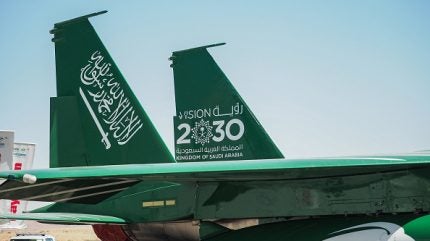
Saudi Arabia’s foreign direct investment (FDI) intake has fallen for a third year in a row to its lowest level since 2020, according to an annual government report. It suggests that the kingdom will miss FDI targets set in Crown Prince Mohammed Bin Salman’s Vision 2030 plan to remake the country’s social and economic structures.
FDI inflows decreased by 19% to $20.7bn (SR77.63bn) in 2024, the lowest figure since 2020. In 2021, Saudi Arabia attracted $32.5bn in FDI, followed by $31.7bn in 2022 and $25.6bn in 2023. The decreasing figures suggest that the kingdom is struggling to attract foreign capital. In the report, it cites “lower global liquidity and tighter monetary conditions” as causes for the economic slowdown.
This monetary tightness is also reflected in a decrease in Saudi Arabia’s outward FDI. While a few years ago receiving funding from Saudi Arabia’s Public Investment Fund (PIF) was more common, there has been a shift towards more domestic projects.
Lower oil prices, decreased production and mounting costs for mega projects also factor into the kingdom’s financial belt-tightening. However, it has said it is willing to run a deficit in order to push forward its multi-trillion-dollar economic diversification drive.
In late 2024, Saudi Arabia’s Minister of Economy, Faisal Al-Ibrahim, told Bloomberg Television that after focusing on reaching zero-deficit, “we realised that a deficit by design in a stable region between 2% and 3% is good for investing in the right economic sectors”.
As of 2024, the PIF manages $940bn in assets; however, the kingdom hopes to grow this number to $2.67trn by 2030. It is also targeting $100bn in yearly FDI inflows by the start of the next decade.

US Tariffs are shifting - will you react or anticipate?
Don’t let policy changes catch you off guard. Stay proactive with real-time data and expert analysis.
By GlobalData


